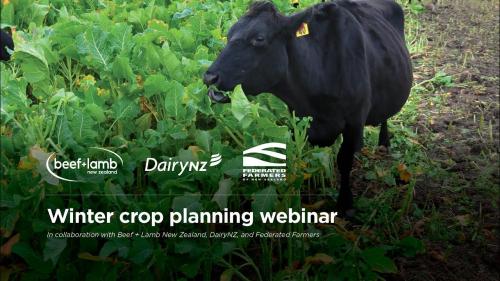Search results
Displaying 101 - 110 results of 442
- Video… in this webinar as we ensure everyone has the tools to support farmers as winter crops are … professionals and rural contractors with the tools and knowledge needed to support farmers …
- … Benefits to farmers Enhanced management tools: Gain access to advanced modelling tools to better understand and manage parasite …
- Resource book… 24 keeping hills alive 26 pasture planning tools available soon 28 mapping hill country … emphasis forages providing decisionmaking tools help farmers select best forage option … emphasis forages providing decisionmaking tools help farmers select best forage option …
- Editable PDF… provide must also have access support advice tools enable them optimise land use way also … communities our farmers must have viable tools can integrate within business manage … farm productivity profitability technologies tools must developed implemented pace stated …
- Resource book… may available select appropriate assessment tools each sampling site record interpret your … health waterway which covered onfarm tools greater lesser extent outlined below … freshwater ecosystem health your catchment tools assessing your waterways can valuable …
- … new zealand its mission deliver innovative tools services support informed decision … effectively either penalises land users using tools 7 offers permitted activity farming land … effectively either penalises land users using tools 7 offers permitted activity farming land …
- Factsheet… cerf lnz investing our time expertise provide tools farmers manage reduce ruminant methane … currently using low methane sheep one few tools available farmers new zealands red meat …
- External resource… digital archive use information technology tools increase productivity facilitate new … humanmade capital one factories buildings tools other physical artifacts usually …
- Factsheet… climate change farmers need good information tools choices assist decision making lnz call … climate natural resource information planning tools choices better manage own businesses … climate natural resource information planning tools choices better manage own businesses …
